

In what’s starting to sound like a broken record, SCEA San Diego has come through again with another web gem in MLB 11: The Show. Most of the game modes from last year’s version remain mostly intact, but this year’s model adds 3D support, a new analog control system, a co-op mode, and partial support for the Move. Are these additions compelling enough to convince owners of MLB 10 to purchase the newest iteration of the series? Read on and see what we think.
If you loved the game modes from MLB 10, you’ll be happy to know that they are back for MLB 11: The Show. For those with the time and passion for the game, the most realistic Franchise mode on the market awaits you. This mode requires gamers to play a 162-game season while managing the minutiae of their franchise team, including the minor league teams and stadium finances. Familiar with the Rule V Draft? Super 2 Arbitration? Well, you better brush up on your baseball knowledge because these arcane rules as well as many others will have to be dealt with over the course of a season while you manage your roster. Luckily, MLB 11 does a good job explaining these terms but it can be intimidating for newcomers. If time is not on your side, you could opt to play Season mode which allows for less games in a season.
Playing MLB 11 online is still a tricky endeavor as any lag will throw off the precise timing needed to hit and pitch well. You can play co-op with your buddy against one or two other people or the computer AI, which at least adds some variety to the proceedings. Still, MLB 11 works best when you are playing against or with someone on the same PlayStation 3.
Presentation-wise, SCEA San Diego has once again hit a homerun. The character models of the players, the various batting styles, and pitching motions are still the most diverse and realistic in any baseball game ever made. The major league stadiums look like their real-life counterparts and the presentation of the action on the field comes close to mirroring that of a live broadcast. However, the inclusion of stereoscopic 3D unfortunately doesn’t pay off. The 3D effect does improve the visuals somewhat, but has a very noticeable forced look that doesn’t really aid the gameplay. With no real added benefit, wearing glasses and dealing with a possible headache was not an enticing proposition and we recommend avoiding the effect altogether.
The new analog control scheme is supposed to offer more control over the pitching, hitting, and throwing mechanics. While this is largely an issue of preference, we didn’t find the new method of flicking the right analog stick back and forward to be a huge improvement over the meter and button scheme. Hitting, already a tricky endeavor, became even harder to pull off consistently. As for throwing the ball while in the field, the longer you hold the stick in the direction you’d like to throw, the harder you’ll throw the ball. However, the harder you throw it, the more chance your player will commit an error. During a bang-bang play, this was much more difficult to manage than just pressing the button for the corresponding base. The analog system worked best when pitching as if offered a different method of control, but it did not improve the experience for us over the old system. Fortunately, Sony has provided players the option to choose the control scheme they like best.
The Move makes its debut in MLB 11, but only for the Homerun Derby mode. While some gamers may get a kick out of this initially, the motion control experience will likely be a novelty for most hardcore baseball fans.
One of the best features of MLB 11 returns in The Road to the Show mode where you create a player and attempt to make your way to the big leagues from AA ball. Much like an RPG, you’ll receive points for accomplishing tasks on the field and can then increase your attributes to your liking. One of the changes we appreciated here is that your ratings will not begin to decrease unless you fail to address them for 8 weeks. This makes the learning curve a little easier during the beginning of your career. Additionally, the points awarded are now a bit more consistent with being a team-first player. However, some of the point awards can be puzzling at times. For example, as a pitcher, one would expect to get more points for a one-pitch infield pop out than say an 11-pitch strikeout. However, that is not the case. For the most part though, the points awarded do make better sense than last year’s version.
One of the most frustrating aspects of past versions of RTTS has been the load times in between your player’s games. Unfortunately, this has not been addressed in any noticeable way in MLB 11 and you’ll still be waiting a lot between games, making a season last a lot longer than it should. If you opt to create a starting pitcher, you can get through a season more quickly as you’ll be playing once every four or five days.
The soundtrack for the game is eclectic, but satisfactory for the most part. However, there are only 12 songs included and a couple don’t exactly scream “cutting edge.” I found it more than a little jarring to hear Free Ride by the Edgar Winter Band, a song released back in 1973, which has no known relationship to the ballpark. Luckily, players can add their own music if they are not happy with the song selection.
The sounds of the ballpark, on the other hand, are great. From the crack of the bat to the taunting of the crowd, you won’t find a more immersive experience. Matt Vasgersian and Dave Campbell return to man the broadcast booth, but Rex Hudler has been replaced with Eric Karros. This change doesn’t really improve upon MLB 10, and while the commentary initially appears sound, you’ll notice after a few playthroughs that the statements don’t always match what is happening on the field. Worse, the conversations become repetitive quickly. We would definitely like to see some more diversity in the next iteration of the series.
Last year, we gave MLB 10: The Show a five out of five stars on our review scale. So with all of the great features last year included in this year’s game, why are we giving it a 4.5 out of 5? Ultimately, it comes down to the differences from last year’s version. Apart from the new analog control system, inclusion of 3D, Sony Move support, and a few minor tweaks, there really are none. While these additions may be enough to sway some, we do not think the changes are significant enough to recommend that owners of MLB 10: The Show upgrade to the newest version. We liked the minor changes to the Road to the Show, but the analog control system and Move support were not game changers for us. If you can do without these additions, MLB 10: The Show is probably the best deal going.
That being said, hardcore baseball fans who want to have the latest rosters cannot go wrong with MLB 11: The Show. I can say without hesitation that this is simply the best baseball video game I have ever played. If you don’t own MLB 10: The Show, but you are a fan of the genre and own a PlayStation 3, this one is a no-brainer.
MLB 11: The Show is currently available exclusively for the PlayStation 3.
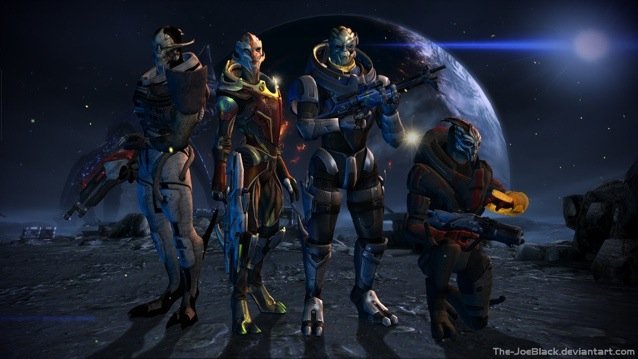
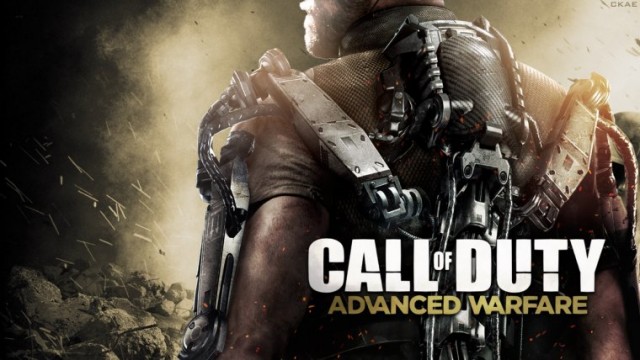
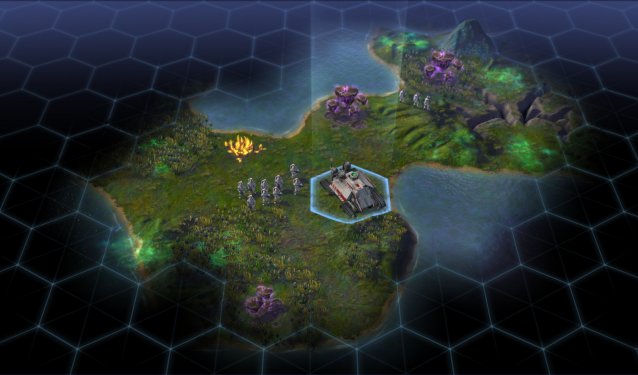
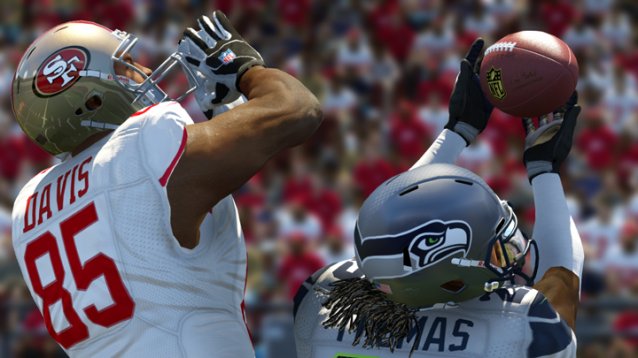
 The Stupidity of Crowds: The Internet is Wrong a Lot
The Stupidity of Crowds: The Internet is Wrong a Lot Final Fantasy XIII-2 Walkthrough: Fragment & Artefact Locations
Final Fantasy XIII-2 Walkthrough: Fragment & Artefact Locations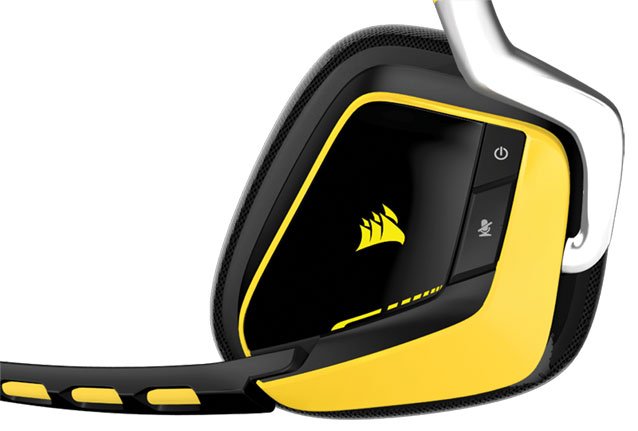 Review: Corsair VOID RGB Gaming Headset
Review: Corsair VOID RGB Gaming Headset 5 Surprisingly Deep Free Browser-Based Strategy Games
5 Surprisingly Deep Free Browser-Based Strategy Games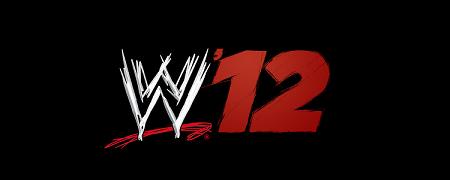 WWE 12 Achievements List
WWE 12 Achievements List